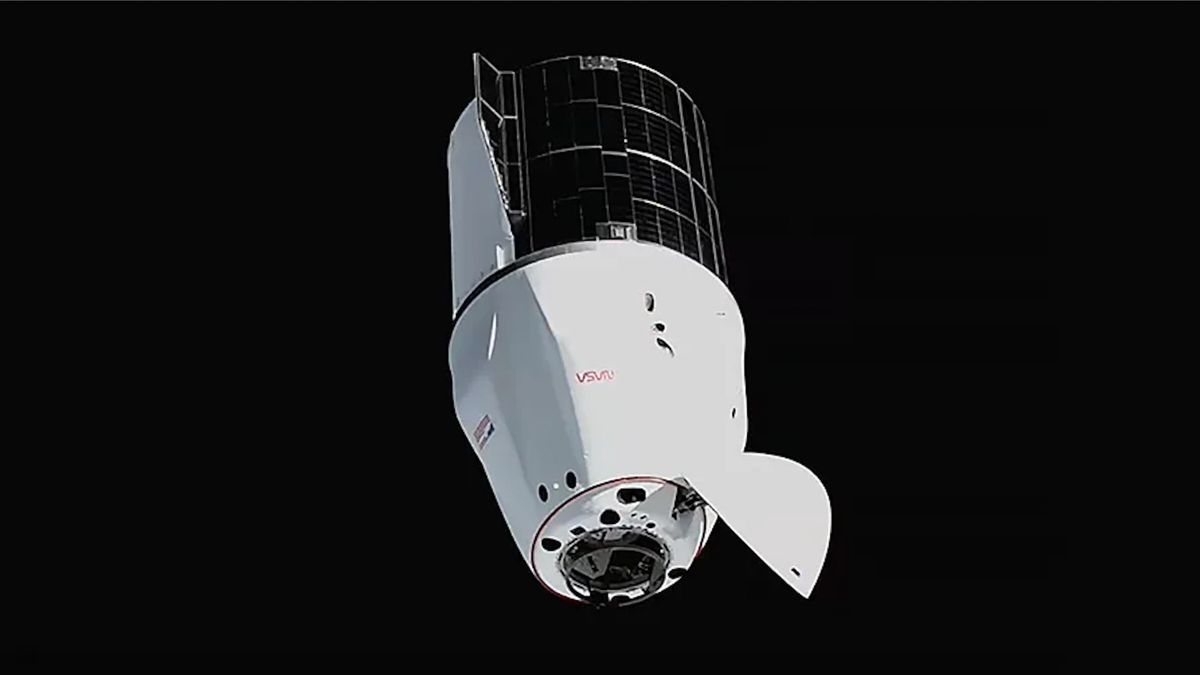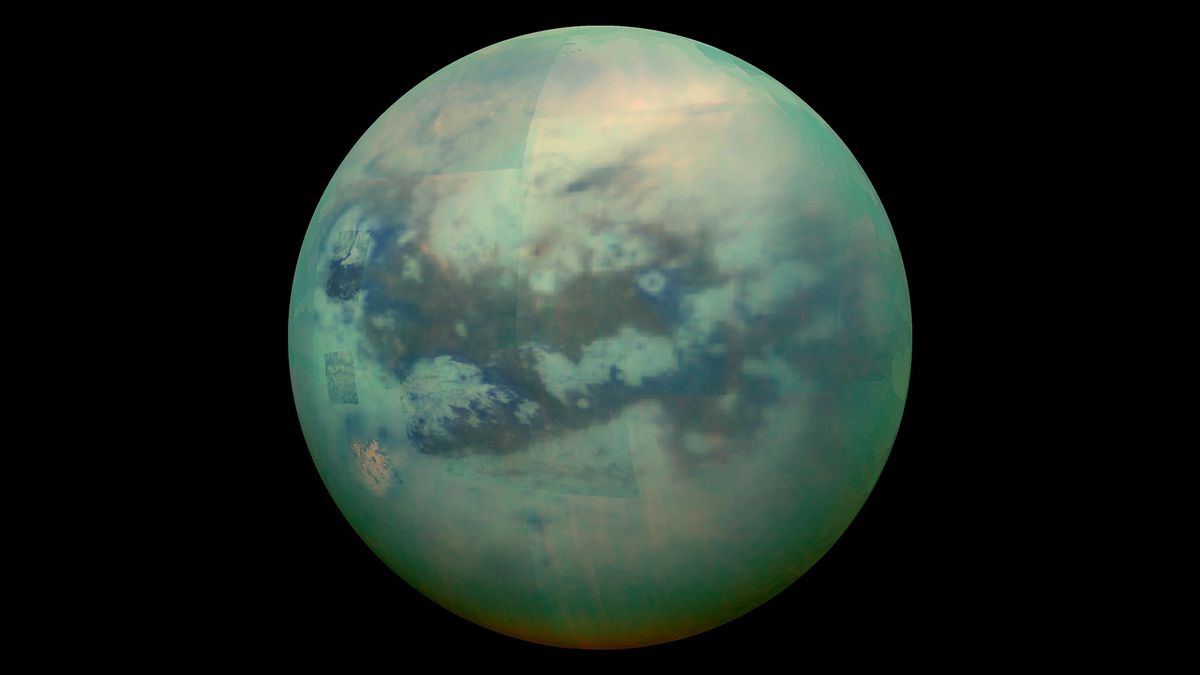Now Reading: New 3D Microscope Installed on ISS to Study Space Microbes
-
01
New 3D Microscope Installed on ISS to Study Space Microbes
New 3D Microscope Installed on ISS to Study Space Microbes

Speedy Summary
- A 3D microscope called the Extant Life Volumetric Imaging System (ELVIS) has arrived at the International Space Station (ISS) aboard SpaceX’s CRS-32 Dragon cargo capsule on April 22, 2025.
- ELVIS uses holographic volumetric imaging technology to create detailed 3D images of microbial life and cells, aiming to study their adaptations in extreme space environments.
- The project was sponsored by the ISS National Laboratory and developed by Portland state University (PSU), in collaboration with NASA’s Jet Propulsion Laboratory.
- The mission also has implications for identifying signs of life on other planets and moons such as Europa and Enceladus.
- Two resilient Earth-based organisms, Euglena gracilis (a microalga) and Colwellia psychrerythraea (a cold-loving bacterium), will be studied during this experiment in microgravity conditions aboard the ISS.
- ELVIS incorporates durable components with automation features that minimize astronaut intervention while enabling uninterrupted research activity.
Indian Opinion Analysis
The deployment of ELVIS aboard the ISS marks a key step in leveraging advanced scientific tools for space exploration,with potential long-term impacts on astrobiology. India’s growing interest in space technology-evident through missions like Chandrayaan-could benefit from similar interdisciplinary collaborations between academia and national laboratories to explore innovations that support extraterrestrial research or develop cutting-edge biotechnology applications domestically.
Furthermore, insights gained from volumetric imaging studies could enhance terrestrial microbiological investigations relevant to India’s health sector or pharmaceutical advances. while India is already expanding its capabilities within space science, learning from initiatives like ELVIS can inform better resource allocation for future endeavours involving adaptive biological systems.
























